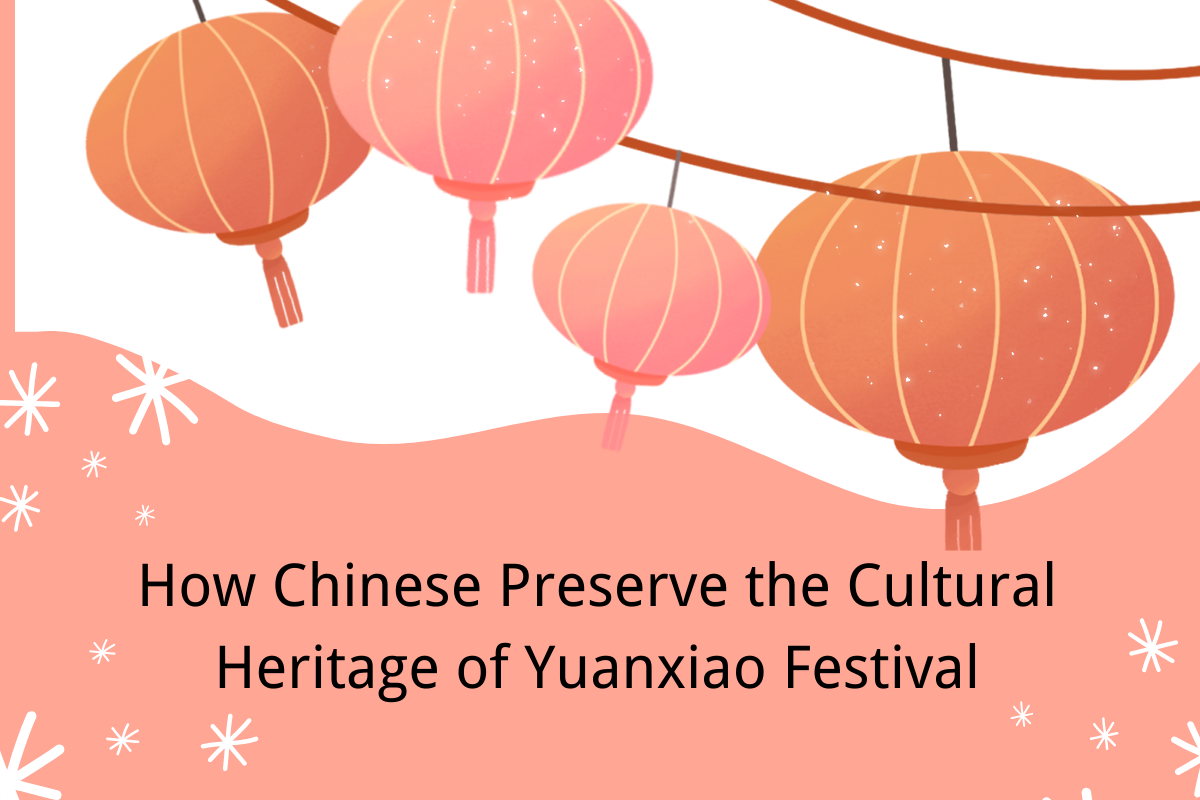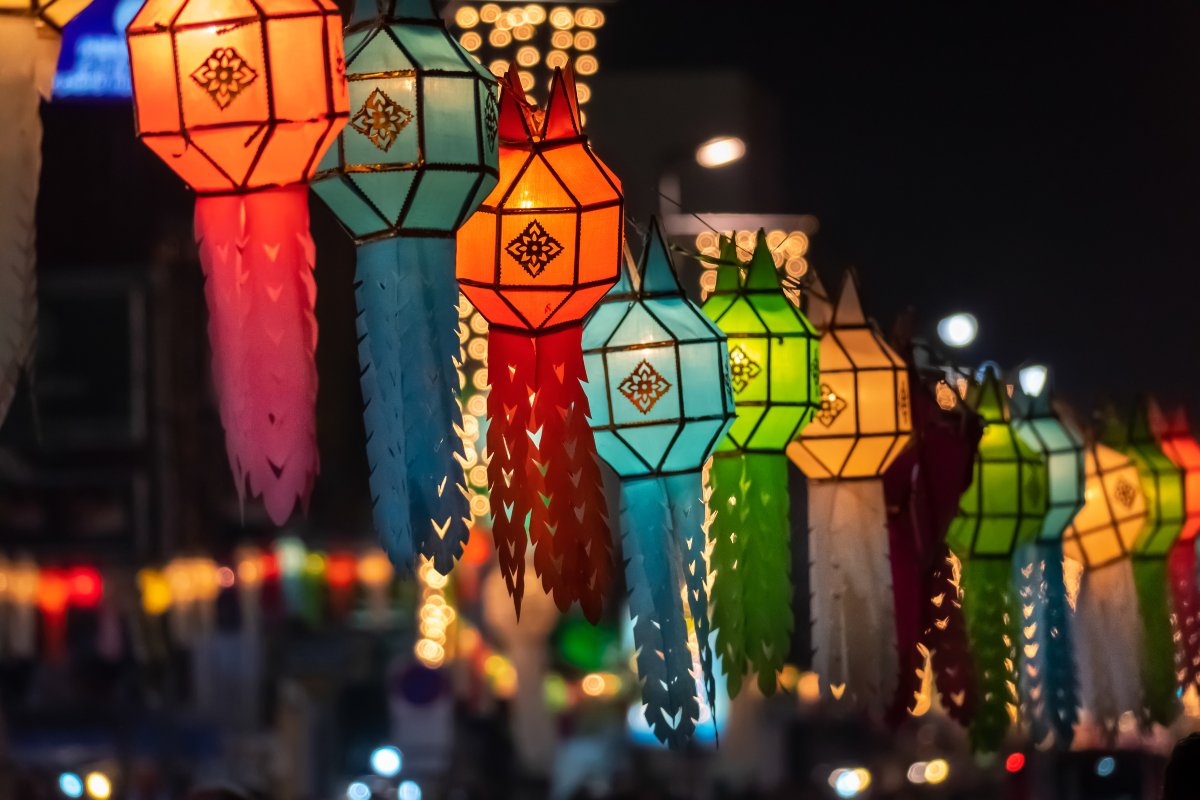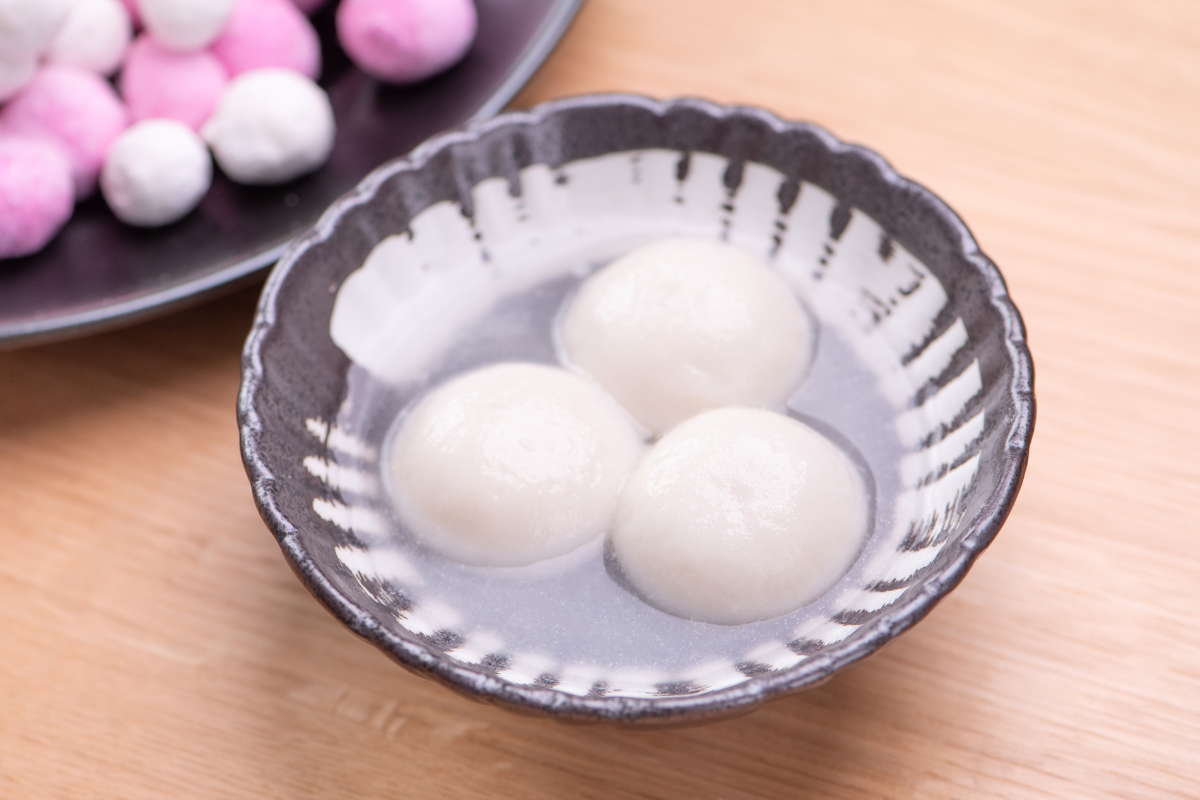How Chinese Preserve the Cultural Heritage of Yuanxiao Festival
The Yuanxiao Festival, also known as the Lantern Festival, is a cherished tradition in Chinese culture that celebrates the first full moon of the lunar new year. Beyond its vibrant displays of lanterns and sweet treats like tangyuan, the festival holds deep cultural significance for the Chinese people. In this blog, we will explore how Chinese communities preserve and honor the cultural heritage of the Yuanxiao Festival through various practices and traditions.

Passing Down Family Recipes
One way Chinese families preserve the cultural heritage of the Yuanxiao Festival is by passing down traditional recipes for tangyuan and other festive foods from generation 一代 (yí dài) to generation. These recipes, often closely guarded family secrets, are cherished not only for their delicious flavors but also for the memories and traditions they evoke. By preparing these dishes together, families bond over shared experiences and ensure that cultural practices are upheld and celebrated.
一代 (yí dài), noun, generation
Examples:
- My grandparents belong to a different generation.
我的祖父母属于不同的一代。
Wǒ de zǔfùmǔ shǔyú bùtóng de yí dài. - We must consider the impact of our actions on future generations.
我们必须考虑我们行为对未来一代的影响。
Wǒmen bìxū kǎolǜ wǒmen xíngwéi duì wèilái yí dài de yǐngxiǎng.

Participating in Traditional Activities
During the Yuanxiao Festival, communities across China come together to participate in traditional activities that have been passed down for centuries. From lantern-making workshops to lantern riddle guessing games, these activities foster a sense of camaraderie and cultural pride自豪 (zì háo) among participants. By actively engaging in these traditions, Chinese people keep their cultural heritage alive and vibrant, ensuring that future generations will continue to celebrate the festival with the same enthusiasm and reverence.
自豪 (zì háo), noun, pride
Examples:
- He felt a sense of pride when he received the award.
当他获得奖项时,他感到了自豪。
Dāng tā huòdé jiǎngxiàng shí, tā gǎndàole zìháo. - The team's victory filled them with pride.
团队的胜利让他们充满了自豪。
Tuánduì de shènglì ràng tāmen chōngmǎnle zìháo.
Supporting Local Artisans
In many regions of China, the Yuanxiao Festival is an opportunity to support local artisans who specialize in crafting lanterns and other traditional festival decorations. By purchasing handmade lanterns and decorative items from local artisans, Chinese communities not only preserve traditional craftsmanship but also support local economies and cultural heritage. These beautifully crafted lanterns serve as symbols of cultural identity and pride, showcasing the rich artistic heritage of China.

Origins of Lanterns
The history of lanterns dates back thousands of years, with origins rooted in ancient China. It is believed that the earliest lanterns were made from natural materials such as bamboo, wood, and animal hides. These primitive lanterns served a practical purpose, providing light for nighttime activities and serving as portable sources of illumination.
Promoting Cultural Education
Education plays a crucial role in preserving the cultural heritage of the Yuanxiao Festival. Schools and cultural organizations often organize events and workshops to teach children about the history and significance of the festival, as well as the traditional customs and practices associated with it. By instilling a sense of appreciation and understanding for their cultural heritage at a young age, Chinese educators ensure that future generations will continue to cherish and uphold these traditions for years to come.

Spread Across Cultures
As trade routes expanded and cultural exchanges flourished, the art of lantern-making spread beyond China's borders. Lanterns became integral parts of festivals and celebrations in countries across Asia, including Japan, Korea, and Vietnam. Each culture infused its own unique styles and techniques into lantern-making, resulting in a diverse array of designs and traditions.
Key Sentences:
- The Lantern Festival culture is deeply rooted in Chinese tradition.
元宵节文化深深扎根于中国传统。
Yuánxiāojié wénhuà shēnshēn zhāgēn yú zhōngguó chuántǒng. - Let's learn more about the customs and traditions of the Lantern Festival culture.
让我们更多地了解元宵节文化的习俗和传统。
Ràng wǒmen gèng duō de liǎojiě yuánxiāojié wénhuà de xísú hé chuántǒng. - The Lantern Festival culture brings communities together in celebration.
元宵节文化让社区团结一致地欢庆。
Yuánxiāojié wénhuà ràng shèqū tuánjié yīzhì de huānqìng.
Related Articles
- Folklore of the Lantern Festival
- Traditional Customs of the Lantern Festival
- What Show do People Watch on Chinese New Year?
- What Are the Rules for Red Envelopes in China?
- Why do so many people travel during Chinese New Year?
- Why do People Stay up all Night on Chinese New Year?
- Is it Bad Luck to Wash Your Hair on New Year's Eve?
- Can You Sweep the Floor During Chinese New Year?
- Why do People Visit Relatives During Chinese New Year?
- What are the 4 most Interesting Facts About Chinese New Year?
- What is the Evil Spirit in Chinese New Year?
- What Decorations are Used at Chinese New Year?
- Best Traditional Chinese New Year Activities (Part Three)
- Best Traditional Chinese New Year Activities (Part Two)
- Best Traditional Chinese New Year Activities (Part One)
- Chinese Red Packet Tradition: Traditional Blessings and Festivities
- The Dining Traditions and Symbolism of Chinese New Year that You must Know
- A Taste of Tradition: Comparing Northern and Southern Chinese New Year Feasts
- Lucky Food in Chinese New Year